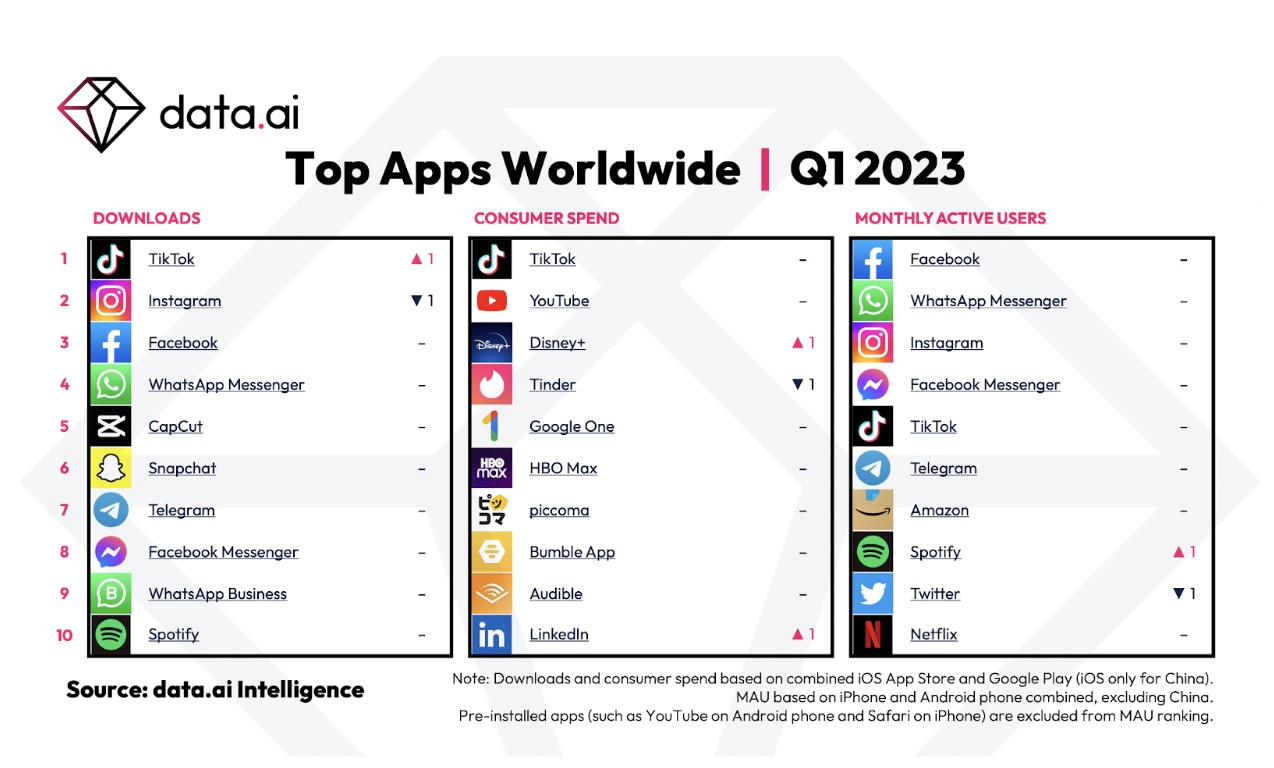Unraveling X³ = 2024: Solutions, Real-World Uses, And 'Download' Insights
In the vast landscape of online searches, certain queries stand out for their intriguing blend of mathematical curiosity and digital intent. One such query that has piqued the interest of many is "x*xxxx*x is equal to 2024 download." While the initial string might seem a bit unusual, often appearing as a slight misinterpretation or typo of a more common mathematical expression, it points directly to a fundamental algebraic problem: understanding and solving for 'x' when it's multiplied by itself three times to equal a specific number. This article will delve into the heart of this equation, clarify its proper notation, explore its solutions, and address the fascinating "download" component of the search query.
Mathematical expressions, even seemingly simple ones, often hold layers of meaning and practical applications that extend far beyond the classroom. The equation we're exploring, often expressed as x³ = 2024, invites us on a journey to discover its depths, from basic algebraic principles to its relevance in various real-world scenarios. Understanding how to approach and solve such equations is a cornerstone of mathematical literacy, empowering us to decipher the quantitative puzzles that shape our world.
Table of Contents
- Understanding the Expression: From x*xxxx*x to x³
- The Intrigue of x³ = 2024
- Solving Cubic Equations: A Mathematical Journey
- Step-by-Step Solution for x³ = 2024
- The "Download" Aspect: What Are Users Really Looking For?
- Real-World Applications of Cubic Equations
- Beyond x³: Other Mathematical Expressions and Their Meanings
- Why Precision Matters: The Significance of x³ = 2024
Understanding the Expression: From `x*xxxx*x` to `x³`
When you encounter a search query like "x*xxxx*x is equal to 2024 download," the first thing to clarify is the mathematical notation. While "x*xxxx*x" might appear in some contexts, it's highly likely a typographical variation or a less common way of representing a fundamental algebraic concept. In standard mathematical notation, multiplying 'x' by itself three times is denoted as `x*x*x`. This expression is universally recognized as `x^3`, or "x raised to the power of 3," also commonly referred to as "x cubed."
The provided "Data Kalimat" confirms this: "The expression x*x*x is equal to x^3, which represents x raised to the power of 3. In mathematical notation, x^3 means multiplying x by itself three times. X ^ 3 = x * x * x." This clear definition is crucial for anyone embarking on solving such an equation. Understanding this basic principle is the first step towards deciphering more complex mathematical problems. Just as `x+x+x+x` simplifies to `4x`, indicating the addition of 'x' four times, `x*x*x` simplifies to `x^3`, indicating the multiplication of 'x' by itself three times.
The power of mathematical notation lies in its conciseness and universality. It allows mathematicians, scientists, and engineers across the globe to communicate complex ideas efficiently and without ambiguity. Therefore, when faced with "x*xxxx*x is equal to 2024," we immediately translate it into its standard, more manageable form: `x^3 = 2024`.
The Intrigue of `x³ = 2024`
Some equations whisper to our curiosities, inviting us to discover their depths. "x*x*x is equal to 2024" is one such equation. Deceptively simple in its presentation, it hides layers of mathematical exploration. As the "Data Kalimat" highlights, "When we encounter an equation like x*x*x = 2024, it immediately sparks curiosity. What does this expression mean, how do we solve it, and what relevance does it hold in our lives?"
This equation belongs to a class of polynomials known as cubic equations. Unlike linear equations (where 'x' is raised to the power of 1) or quadratic equations (where 'x' is raised to the power of 2), cubic equations introduce a unique set of challenges and characteristics. The curiosity surrounding `x³ = 2024` often stems from the desire to find that elusive value of 'x' that, when cubed, yields precisely 2024. It's a fundamental problem that tests one's understanding of exponents and inverse operations, specifically the cube root.
The year 2024 itself might add a layer of topical interest to the search query, perhaps prompting individuals to explore mathematical problems tied to current events or specific years. Regardless of the precise trigger, the core of the query remains a mathematical challenge that requires a systematic approach to solve.
Solving Cubic Equations: A Mathematical Journey
To truly understand `x³ = 2024`, we must first grasp the broader concept of cubic equations. This journey takes us through fundamental algebraic principles and even a glimpse into the rich history of mathematics.
What is a Cubic Equation?
A cubic equation is a polynomial equation of degree three, meaning the highest power of the variable (in this case, 'x') is 3. Its general form is typically written as: `ax³ + bx² + cx + d = 0` where 'a', 'b', 'c', and 'd' are coefficients, and 'a' is not equal to zero. In our specific case, `x³ = 2024`, we can rewrite it as `x³ - 2024 = 0`. Here, `a=1`, `b=0`, `c=0`, and `d=-2024`. This simplified form makes it easier to solve because there are no `x²` or `x` terms.
A key characteristic of cubic equations is that they always have at least one real root and can have up to three roots (solutions). These roots can be all real, or one real and two complex conjugate roots. For an equation like `x³ = k` (where k is a real number), there will always be exactly one real root, and two complex conjugate roots if k is not zero.
Historical Context of Cubic Solvers
The quest to solve cubic equations has a fascinating history, dating back to ancient civilizations. However, the general algebraic solution for cubic equations was one of the major breakthroughs of the Renaissance period in Europe. Unlike quadratic equations, which have a relatively straightforward formula (the quadratic formula) that was known for centuries, finding a general solution for cubics proved to be much more challenging.
The credit for the first general solution is often attributed to Scipione del Ferro in the early 16th century, though he kept his method secret. Later, Niccolò Fontana Tartaglia independently rediscovered the solution. A famous, albeit controversial, episode involved Gerolamo Cardano, who, after much persuasion, published Tartaglia's method in his groundbreaking work "Ars Magna" in 1545. This marked a significant advancement in algebra, demonstrating that complex equations could be solved systematically, even leading to the early recognition of complex numbers (though they were not fully understood at the time).
While these historical methods are complex and involve multiple steps, for a simple cubic like `x³ = 2024`, the solution is much more direct, thanks to our modern understanding of inverse operations and computational tools.
Step-by-Step Solution for `x³ = 2024`
Solving `x³ = 2024` is a straightforward application of inverse operations. To isolate 'x', we need to undo the cubing operation. The inverse operation of cubing a number is taking its cube root.
Here are the steps to calculate `x*x*x` is equal to 2024:
Write the equation in its simplest form: As established, `x*x*x` is equal to `x^3`. So, the equation becomes: `x³ = 2024`
Apply the cube root to both sides of the equation: To find the value of 'x', we need to take the cube root of both sides of the equation. This is denoted by the symbol `³√`. `³√(x³) = ³√2024`
Solve for x: The cube root of `x³` is simply `x`. So, we are left with: `x = ³√2024`
Calculate the cube root of 2024: At this point, you would typically use a calculator, as 2024 is not a perfect cube (e.g., 10³ = 1000, 12³ = 1728, 13³ = 2197). Using a calculator, we find: `x ≈ 12.64619`
So, the real value of x for which `x*x*x` is equal to 2024 is approximately 12.646. It's important to remember that while there is only one real solution for this type of cubic equation, there are also two complex conjugate solutions, which are typically found using more advanced algebraic methods or numerical solvers. However, for most practical purposes, especially when dealing with real-world quantities, the real root is what is sought.
The "Data Kalimat" mentions: "The solve for x calculator allows you to enter your problem and solve the equation to see the result, Solve in one variable or many." This highlights the utility of digital tools in quickly and accurately finding solutions to such equations, especially when dealing with numbers that are not perfect cubes.
The "Download" Aspect: What Are Users Really Looking For?
The inclusion of "download" in the search query "x*xxxx*x is equal to 2024 download" adds an intriguing layer to the mathematical problem. This isn't a standard part of a mathematical equation, suggesting that users might be looking for something beyond just the numerical solution. Several interpretations of this "download" component are possible, each leading to different user intents:
Downloading a Calculator or Solver: Many users might be looking for a software application or a mobile app that can solve equations like `x³ = 2024`. This is a common need for students, engineers, or anyone who frequently deals with mathematical computations. They might be searching for a "solve for x calculator download" or a "cubic equation solver download."
Downloading a Solution or Answer Key: In some academic contexts, "download" might refer to getting an answer key, a step-by-step solution document, or a worksheet related to the problem. This is less common for a single equation but could apply to a set of problems.
Misunderstanding of "Download" in a Computational Context: Some users might vaguely associate "download" with obtaining information or a result from the internet, even if it's just viewing it on a webpage. They might not literally be looking for a file to save to their device.
Searching for Data or Files Related to the Number 2024: The number 2024 could be significant in a non-mathematical context, such as a year for a report, a specific version number, or a dataset. Users might be looking for "2024 financial report download," "2024 budget download," or other information where the number 2024 is a key identifier.
Given the context of the mathematical expression, the most probable intent behind the "download" part is related to obtaining a tool to solve the equation.
Safe Practices for Software Downloads
If your search for "x*xxxx*x is equal to 2024 download" leads you to consider downloading a calculator or equation solver, it is paramount to prioritize safety and trustworthiness. In the digital age, downloading software from untrusted sources can expose your device to malware, viruses, and other security risks. This aligns with YMYL (Your Money or Your Life) principles, as digital security can impact your financial well-being and personal data.
Here are essential safe practices for software downloads:
- Download from Official Sources: Always prefer downloading software directly from the developer's official website or reputable app stores (e.g., Google Play Store, Apple App Store, Microsoft Store).
- Read Reviews and Ratings: Before downloading, check user reviews and ratings. Legitimate software will generally have a good reputation and positive feedback.
- Check Permissions: For mobile apps, be mindful of the permissions the app requests. Does a calculator app really need access to your contacts or camera?
- Use Antivirus Software: Ensure your computer has up-to-date antivirus software and conduct scans of downloaded files before opening them.
- Beware of Suspicious Links: Avoid clicking on pop-up ads or suspicious links that promise free software. These are often phishing attempts or lead to malicious downloads.
- Verify File Integrity: Some developers provide checksums (like MD5 or SHA256 hashes) for their downloads. You can compare the checksum of your downloaded file to the one provided by the developer to ensure the file hasn't been tampered with.
For solving simple equations like `x³ = 2024`, an online calculator or a built-in calculator on your device (like the scientific calculator on Windows or macOS) is often sufficient and eliminates the need for any downloads, offering a safer and quicker solution.
"Download" in a Broader Context: Data and Information
Beyond software, the term "download" is intrinsically linked to accessing information. If the "2024" in the query refers to the year, then the search might be for data, reports, or documents pertinent to that year. For instance, someone might be looking for "economic forecast 2024 download," "climate data 2024 download," or "industry report 2024 download." In this context, the mathematical expression `x³` would be coincidental or a separate part of a broader search strategy.
Accessing reliable data and information is crucial in today's data-driven world. Just as with software, it's vital to ensure that any downloaded data or reports come from authoritative and trustworthy sources. Government agencies, academic institutions, reputable research organizations, and established news outlets are generally reliable sources for data downloads. Always be wary of unverified sources, especially when the information could impact your decisions or understanding of critical issues.
Real-World Applications of Cubic Equations
While solving `x³ = 2024` might seem like a purely academic exercise, cubic equations, in their more general forms, have significant applications across various fields. As the "Data Kalimat" suggests, "Learn the meaning of x*x*x is equal to in algebra, its applications in real life, and how to solve cubic equations." Understanding these applications demonstrates the practical value of mathematics and its role in solving real-world problems.
Physics and Engineering: Cubic equations are fundamental in many areas of physics and engineering. For example:
- Volume Calculations: The volume of a cube is given by `side³`. If you know the desired volume, you can use a cubic equation to find the required side length. Our `x³ = 2024` problem could represent finding the side length of a cube with a volume of 2024 cubic units.
- Fluid Dynamics: Equations describing fluid flow in pipes or around objects often involve cubic terms.
- Material Science: Predicting the behavior of materials under stress or temperature changes can involve complex polynomial equations, including cubics.
- Structural Engineering: Designing bridges, buildings, and other structures often requires solving cubic or higher-order equations to ensure stability and strength.
Economics and Finance: In economics, cubic functions can be used to model cost functions, production functions, or utility functions, especially when diminishing returns or increasing marginal costs are present. Optimization problems in business, such as maximizing profit or minimizing cost, often lead to cubic equations when derivatives are taken.
Chemistry: In chemical kinetics, reaction rates and equilibrium concentrations can sometimes be described by cubic equations, particularly in complex multi-step reactions.
Computer Graphics and Design: Cubic Bezier curves are widely used in computer graphics and computer-aided design (CAD) to create smooth, flexible curves for fonts, logos, and 3D models. The mathematical representation of these curves involves cubic polynomials.
Other Scientific Fields: From population growth models in biology to signal processing in electrical engineering, cubic equations appear whenever relationships between variables involve a cubed term, reflecting non-linear dynamics.
These examples illustrate that the ability to understand and solve cubic equations is not just an academic skill but a practical tool for innovation and problem-solving across diverse professional domains.
Beyond `x³`: Other Mathematical Expressions and Their Meanings
The world of algebra is rich with various expressions, each with its own meaning and application. While `x*x*x` (or `x³`) is about multiplication, other expressions involve different operations. For instance, the "Data Kalimat" also mentions `x+x+x+x` is equal to `4x`. This simple example highlights the core difference between addition and multiplication in algebra:</



Detail Author:
- Name : Abdiel Goldner
- Username : sonia.zulauf
- Email : nils27@daugherty.com
- Birthdate : 1988-09-24
- Address : 2959 Fritsch Grove Turcotteland, IL 63747
- Phone : 1-909-603-5915
- Company : Langosh LLC
- Job : Plant and System Operator
- Bio : Illum laboriosam modi omnis odio. Reprehenderit quia molestiae aut. Aut porro dolorem incidunt. Sed nam vero iure voluptates rerum quasi sunt. Fugit quis dolor eaque consequatur.
Socials
facebook:
- url : https://facebook.com/sonny_xx
- username : sonny_xx
- bio : Nesciunt fugit et aut voluptatibus et laudantium aspernatur.
- followers : 603
- following : 1085
instagram:
- url : https://instagram.com/ssanford
- username : ssanford
- bio : Ut culpa sit similique quis animi. Ipsum quasi at vel praesentium.
- followers : 1800
- following : 422
